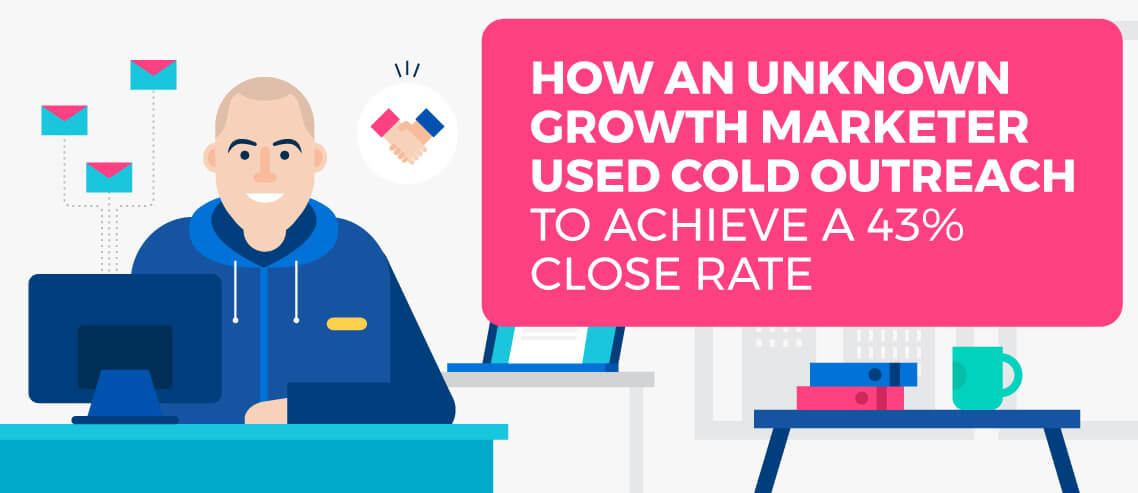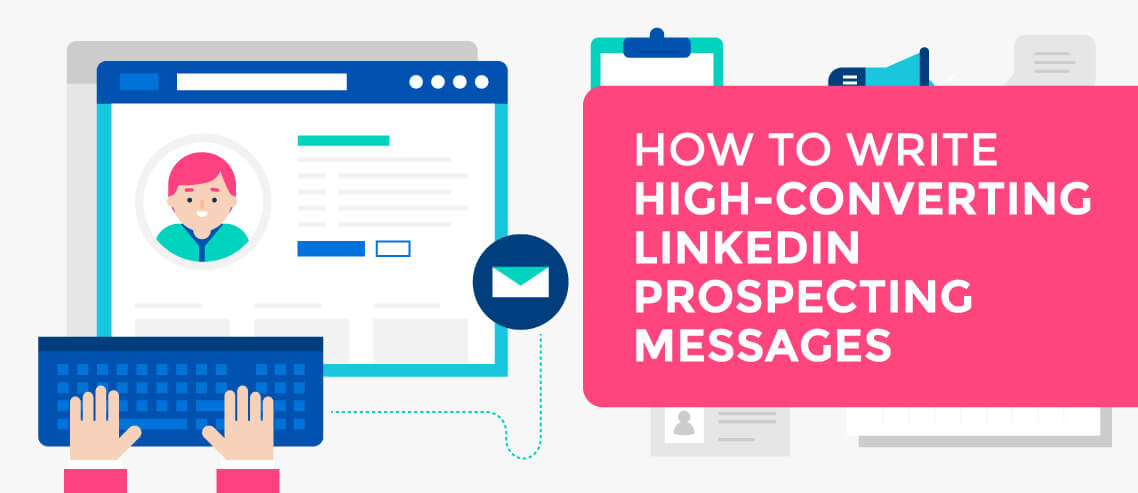Cold Email Subject Lines: 12 Best Practices + 38 examples
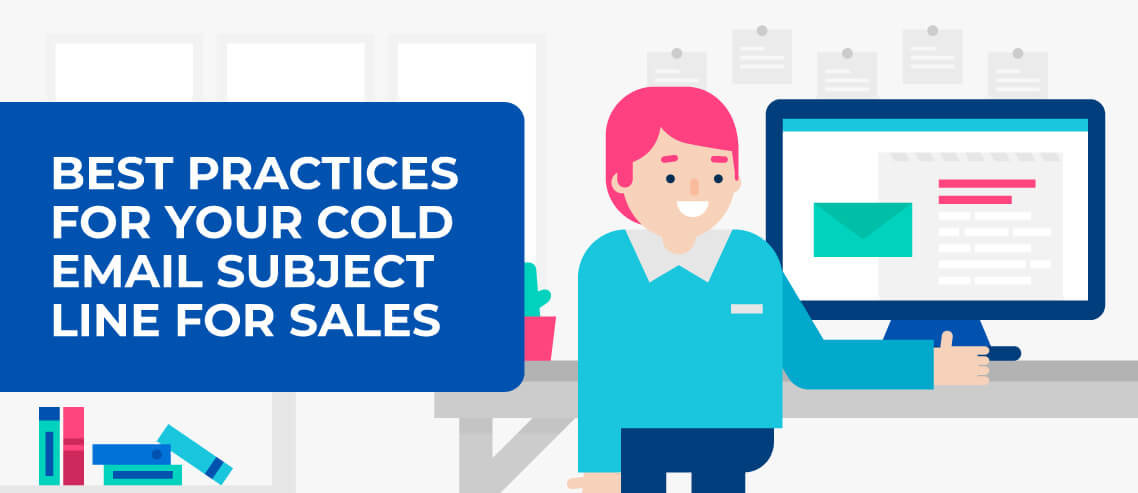
Contents
The goals are set, the KPIs you want to hit are crafted, and your stellar email campaign is ready to roll. By all accounts, you are so ready that you feel like you’ve already crushed your goals.
There’s only one problem: You have to figure out a cold email subject line compelling enough to get people to open your email in the first place.
You’re not only competing with other sales reps in their inbox, but hundreds of other emails from their co-workers, their clients, advertisements, and junk email, all vying for their attention too.
That means you have to find a way to stand out. Standing out from the masses is an all-too-common problem these days, but it can be solved. Here are seven best practices to make sure your email subject line doesn’t hold you back from hitting your goals.
Table of Contents
-
- Personalized Subject Lines
- Short Subject Lines
- Casual Subject Lines
- Don’t Overlook the Snippet
- Connect the Dots
- Increase Relevance Through Segmentation
- Don’t Be Afraid to Experiment
- Show You’re Genuine
- Make an Effort to Be Useful
- Humorous Subject Lines
- Opinionated Subject Lines
- Subject lines with Urgency
- Personalize at scale
1. Personalized Subject Lines

Your email should be personalized – and your subject line should be no different. Give the recipient a summary of what the email contains and call them out by name.
Why It Works: Personalization in emails is now a necessity – and according to Yes Lifecycle Marketing, personalizing your email subject can boost open rates by up to 50%.
Using the prospect’s name or company name in the subject line is personalization 101 and makes it naturally more eye-catching. Our brains are preprogrammed to look and listen for our name, so why not use that to your advantage?
Mixing in a little personalization can also keep the email from coming off as spammy, salesy, or too generic to warrant opening.
If you don’t know much about the prospect, then a little Google search can net you a LinkedIn profile where you can see recent promotions, endorsements, or even company changes.
Or try looking for company press releases, relevant blog posts on their website, or company news you can use to start a conversation.
In Action:
- “[First Name], what would you change about your company culture?”
- “The stage is set for [Company Name] to crush Q4 goals”
- “Can you spare 5 minutes, [First name]?”
- “Congrats on the promotion, [First Name]”
2. Short Subject Lines
With as much email as we get every day, we’re all pretty much pros at weeding out spam and sales emails with a simple scan of the inbox.
You know the subject lines; the ones that drone on and on with subject lines that run off the page. Every Letter Is Capitalized. They over-punctuate.
All of them are just screaming, “Don’t open me!” Make an effort to stand out. Using only 3-4 words in your subject line can help you do that.
Why It Works: Keeping your subject line short makes the contents seem more conversational and less sales-driven. It’s also worth mentioning that 66% of all emails are now opened and read on mobile devices.
Depending on the device and its settings, your subject line could be cut off if it’s too long. Zurb’s useful tool, Test Subject, has a great feature that you can harness to test your subject line across specific devices before sending it.
But fancy tools aren’t necessary if you keep the subject line short and conversational.
In Action:
- “Need any help?”
- “Steal my sales strategy”
- “You’re invited”
- “How close are you?”
3. Casual Subject Lines
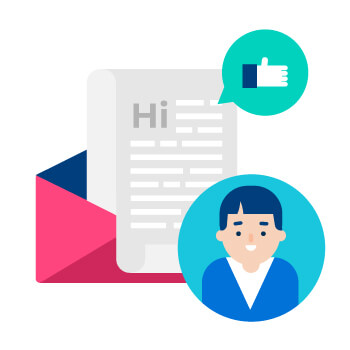
Look through your inbox, and you’ll find very professional and structured email subjects. Ones that are clearly marketing and sales are just begging to be archived, or worse, marked as spam. Just like keeping it short, you should also try to keep things as informal as possible.
Why It Works: Finding ways to make your subject line stand out can be difficult, but one of the easiest wins is to use all lowercase letters.
Or, try writing it as if you’re sending an email to someone you already know, like a friend, parent, or longtime work colleague. You could even consider starting with the set up to a joke (just make sure you deliver that punchline).
In Action:
- “Our next steps”
- “Quick question”
- “You know you work in medical sales when …”
4. Don’t Overlook the Snippet
That short length of text showing a preview of the email content can still make or break your open rate. Take a moment to make it feel personal and show you’ve done a little homework.
Why It Works: Since many email programs display that preview of the email contents, carefully crafting the opener to your email can help give them that last little push to open it up.
If your subject line is too long (remember tip #2?), then those extra words will often overflow and replace your email snippet. Whatever you do, be sure to ditch whitelisting requests, unsubscribe links, and other housekeeping verbiage at the top of your email that can accidentally manifest into your snippet.
The snippet can convey conversation which can be personalized with their name or the day of the week to make the content seem more tailor-made. It can lead with a thought-provoking question, provoke curiosity with an intriguing statement, or even give you the first line of a story.
In Action:
- “Happy Thursday, [First Name]!”
- “Want to watch me build a business?”
- “If you had a magic wand … “
5. Connect the Dots
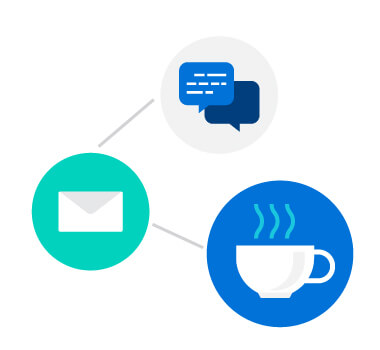
Showing a connection between you and the recipient helps hurdle the initial distrust of sales emails. It can be joint participation in a recent event, a mutual connection, or even membership in the same group, club, or organization.
Why It Works: Similar to personalizing your email by using their name, people are wired to look for familiar names and words when scanning their inbox.
If they recently went to a conference you also attended, try putting that in the subject line. If you have a mutual connection, be it a friend, neighbor, or referral, go ahead and highlight it. Anything you can do to establish a connection or trust up front can be your foot in the door to getting your email opened.
In Action:
- “[Mutual Connection Name] said I should get in touch”
- “We met at the Growth Marketing Conference”
- “Time for coffee after [Mutual Membership Meeting]?”
6. Increase Relevance Through Segmentation
A generic cold email blast will always be less effective than a narrowly targeted one. Think about how busy people interact with crowded inboxes. You aren’t reading everything. You’re skimming messages, looking for any that appear to be specific to you.
Why It Works: Segmented email campaigns can generate up to a 760% increase in revenue, according to the DMA.That’s because segmentation gives recipients the impression that the email was sent to them alone. That direct impression can be created by incorporating details on the location of the recipient, their demographics, past purchases, behavior, industry, usage, and more.
In Action:
- “Fresh Dallas restaurant recommendations curated just for you”
- “Fix your [specific industry problem] today”
- “Don’t buy [competitor product name] until you read this”
7. Don’t Be Afraid to Experiment
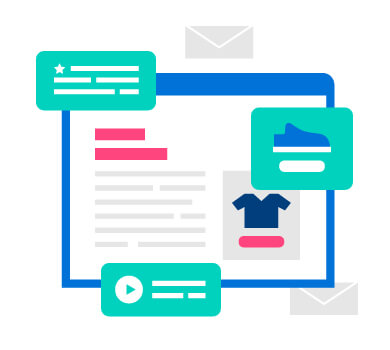
Try running experiments of your own. Keep a record of your open rate, responses, conversions, and other vital stats to see if your new tactic is worth keeping or ditching all together. Then move on and test the next idea you have. Rinse, repeat, and never stop testing.
Why It Works: All the best practices became that way because people innovated. Throw emojis or symbols into typically serious and professional cold sales emails subject lines and see what happens.
Experian found that subject lines containing symbols had a higher unique open rate across 56% of the brands they analyzed. Try ditching the subject line. Hubspot found that of the 6.4 million emails sent from their Sidekick platform, those without a subject line were opened 8% more than those with a subject line.
In Action:
- “Thank you ? in advance”
- “I’ve got a question ?”
- [No Subject]
8. Show You’re Genuine
Up until this point, we’ve been laying out the best practices for how you should do things. On this final point, though, let’s flip-flop and briefly discuss what you shouldn’t do.
If you don’t live up to whatever excellent subject line you end up writing, you’ll come across as untrustworthy and fake. The internet is riddled with hacks and one-liners that can “trick” people into opening up your email. Don’t be that guy (or gal).
Why It Doesn’t Work: Using shortcuts and tricks can leave people feeling deceived, shredding any ounce of trust or credibility you may have had.
It’s incredibly hard to build up credibility, and incredibly easy to lose it, so don’t take that risk. It’s not worth it, and doing so will likely get you marked as spam instead of simply being ignored or deleted.
In Action:
- “RE:” which pretends as if this email is part of an ongoing email thread between you two when it clearly isn’t.
- “$1,000,000 your first year guaranteed” or any other extravagant claim is clickbait or on par with Nigerian prince scams.
- “Vacation on Mars” could be a good subject line if you work for SpaceX, but if the subject line isn’t at all relevant to the content of your email, then you’ll come off as dishonest or shady
Don’t let your subject line hold you back from crushing your goals. Each email you send is an opportunity that shouldn’t be taken lightly. Remember to keep it brief, make it relevant, be personable, and never stop testing.
Creating thoughtful subject lines for your cold sales emails is a true art form that takes time to master. But if you implement some of the best practices we’ve outlined here and never stop experimenting, you’ll see a sizeable improvement in your open rates and in all likelihood your sales numbers, too.
9. Make an Effort to Be Useful

Before sending an email, ask yourself, “Would I open this email based on the subject line I wrote?” If the answer is no, go back to the drawing board. To truly make an impact with your cold email campaign every email must be relevant and provide value to the recipient.
Why It Works: Being useful is a quality that people admire. Tricking someone might get your email opened, but revealing the curtain to find you’ve wasted their time can cause irreversible damage. Cold email campaigns often give you one shot to make a favorable impression, so be sure your body copy backs up whatever you say in the subject line.
Better long-term strategies include providing insider knowledge recipients can’t easily get themselves, sharing a case study, entertaining them in some way, or giving them something else of value that’s worth their time.
In Action:
- “Your competitor ranks higher than you on Google. Here’s how:”
- “Your clients will love our latest research”
- “Unique gift ideas your customers will never forget”
10. Humorous Subject Lines
People love to laugh, so why not toss a joke into your subject line from time to time? While this technique can work wonders for breaking the ice, be mindful that it isn’t for everyone. Make sure you’re actually funny, for starters. If humor isn’t one of your strengths, leave this one to the professionals.
Why It Works: 47% of emails are opened or discarded based solely on their subject line. Knowing that people judge your email on this single factor alone means you’ve got to pique their interest right away. What better way to stoke curiosity than with a joke setup? If nothing else, you’ll get them to open the email so they can hear the punchline. Just make sure you deliver on the joke in the body of the email, so they don’t feel tricked. Joke setups are an easy win, but sharing humorous stories can also build rapport and start a playful conversation.
In Action:
- “A horse walks into a bar..”
- “Let me share an embarrassing story with you”
- “I’ll never look at scented candles the same way again”
11. Opinionated Subject Lines

It’s easy – and common – to take the safer path when sending out email. But safe doesn’t get you opens. Trying to get everyone to like you leads to mediocre results. You’ll come off as unmemorable (if you make an impression at all), and you’ll blend into recipients’ inboxes with all the other spammy subject lines they’re scrolling past.
Why It Works: Having and sharing an opinion isn’t always easy. You’ve got to toe a fine line between standing behind what you believe in and alienating your audience. The goal here isn’t to push people away, but to bring the right people closer. If that means losing a few people that aren’t a good fit along the way, then that’s likely a good thing in the long run. And while having an opinion can be a serious matter, it doesn’t always have to be. Taking a hard stance on favorite foods, movies, or books can also resonate with people and start a conversation.
In Action:
- “Participation trophies are part of the problem”
- “The customer is not always right”
- “Karate Kid III was a masterpiece. Here’s why:”
12. Subject lines with Urgency
Exclusivity and urgency add an element of FOMO – fear of missing out – to your cold sales emails. When done well, the recipient worries they have to act now, or they’ll forever miss out on the deal.
Why It Works: According to research performed by Eventbrite, millennials experience FOMO at a remarkable 69% rate. Given this profound percentage, millennials, in particular, are driven to show up, share more, and be more engaged. Cold email is no different. If you can cater to the masses (remember that millennials are now the largest generation in the U.S. workforce) that want to feel included, you can make a sizeable impact on your next campaign’s conversion rates. In fact, one study found that 60% of millennial customers admitted to making a purchase after experiencing FOMO and most often within 24 hours.
The trick here is to not over do it. If all your emails are urgent, then none of them are. Also, if your exclusive offer is actually available to everyone, you’ll lose credibility or diminish the value of your emails. Be selective about how often you use this technique.
In Action:
- “Tomorrow is the last day. Lock in before the price goes up.”
- “Time-sensitive offer on [insert product name]”
- “You don’t want to miss this”
Personalize at scale
Most cold emails don’t need to be hyper-personalized. An easy formula to follow when deciding how to personalize your emails are:
- Different emails for different targets
- Research individuals and personalize the first sentence
For instance, at Mailshake, two groups that we target are salespeople within sales teams, and consultants doing their own prospecting.
Obviously, these two groups have different characteristics and pain points, so my emails to both will be different.
On an individual level, though, I can take 5 minutes per prospect, check their LinkedIn, website, and other social accounts, and find an angle to open my email that connects to my offer and shows that this isn’t the exact same email I’m sending to hundreds of other people.
With Mailshake, you can personalize your emails in bulk with powerful mail merge features, schedule follow-up emails that are paused or triggered based on whether a a recipient opens an email, clicks a link, or replies, and reply to leads straight from your Mailshake dashboard with Lead Catcher.
You can also set the amount of time between follow-ups (5 days between the first and second email, 7 days between the second and third, etc.), and the days and times you want them to send (for instance, between 8 am and 6 pm on weekdays).
[lyte id=”ug3EwoMeCPk” /]
Optimize your copy and overall outreach strategy by AB testing different subject lines, body copy, and full campaign sequences. And with native integrations to your CRM, and third party integrations to hundreds of software tools via Zapier, you can automate your outreach even further by triggering campaigns when someone downloads an eBook, books a meeting, or signs up for a demo.
If social media and phone are a part of your outreach cadence, you can include those touch points in your outreach cadences as well with Mailshake Sales Engagement.
Bottom line: personalizing is absolutely essential to an effective outreach strategy, but it’s only one piece of the puzzle, and there’s no reason why you can’t automate it.


